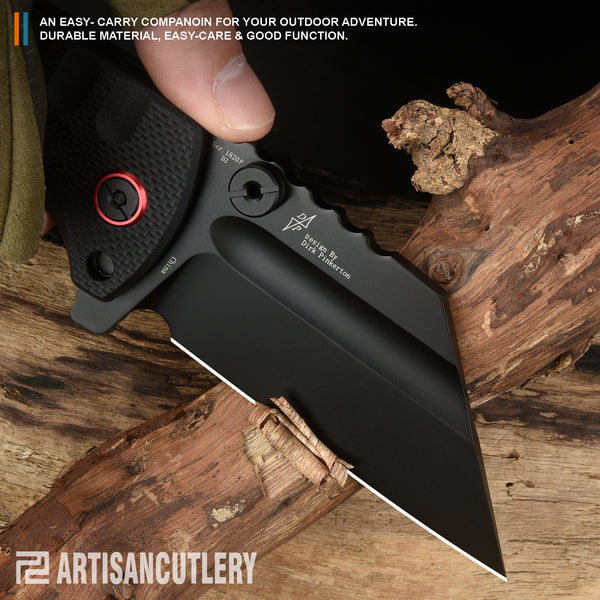When it comes to pocket knives, the blade style plays a crucial role in determining its functionality. Different blade styles are designed for specific purposes, making it essential for knife enthusiasts to understand the various options available. In this article, we will explore the different blade styles for pocket knives and their functionality, providing a comprehensive guide for both novice and experienced users.

Understanding Blade Styles
Before delving into the specific blade styles, it's important to understand the basic terminology associated with pocket knife blades. The "point" refers to the tip of the blade, while the "edge" is the sharpened portion used for cutting. Additionally, the "spine" is the non-sharpened top of the blade, and the "choil" is the unsharpened portion near the handle.
Exploring Different Blade Styles
There are several blade styles commonly found in pocket knives, each serving a unique purpose. The drop point blade, for example, is one of the most versatile options, featuring a convex curve on the spine that leads to a lowered point. This design makes it suitable for everyday tasks such as slicing, cutting, and piercing. On the other hand, the tanto blade style is characterized by a high point with a flat grind, providing exceptional strength for piercing and tactical use.
For more specialized tasks, the clip point blade style offers a concave curve on the spine with a fine, sharp point. This design is ideal for detailed and precision work, making it a popular choice among craftsmen and hunters. Meanwhile, the spear point blade style features a symmetrically curved spine and a point that aligns with the center line of the blade. This style is well-suited for piercing and cutting, making it a versatile option for various applications.
Functionality of Blade Styles
Each blade style offers unique functionality based on its design and intended use. For example, a drop point blade provides a strong, controllable tip for everyday tasks, while a tanto blade excels in piercing and tactical applications. The clip point blade's fine, sharp point allows for detailed work, and the spear point blade's symmetric design offers balanced cutting and piercing capabilities.
It's important for users to consider their specific needs and preferences when selecting a pocket knife blade style. Whether it's for outdoor activities, everyday carry, or professional use, understanding the functionality of different blade styles is essential for making an informed decision.
Choosing the Right Blade Style
When choosing a pocket knife, it's crucial to assess the intended use and select a blade style that aligns with those requirements. For general-purpose tasks, a drop point blade may be the most practical choice, offering versatility and durability. Conversely, individuals in need of a tactical or self-defense tool may opt for a tanto blade for its piercing capabilities.
Furthermore, craftsmen and hobbyists may find the clip point blade style to be the most suitable for their detailed work, while outdoor enthusiasts may prefer the balanced functionality of a spear point blade. By understanding the intended use and the functionality of each blade style, users can make an informed decision when adding a pocket knife to their collection.
In conclusion, exploring the different blade styles for pocket knives and their functionality is essential for anyone looking to invest in a reliable and versatile tool. By understanding the unique characteristics and intended uses of each blade style, users can make informed decisions based on their specific needs and preferences. Whether it's for everyday carry, outdoor adventures, or professional applications, the right blade style can make all the difference in the performance of a pocket knife.








